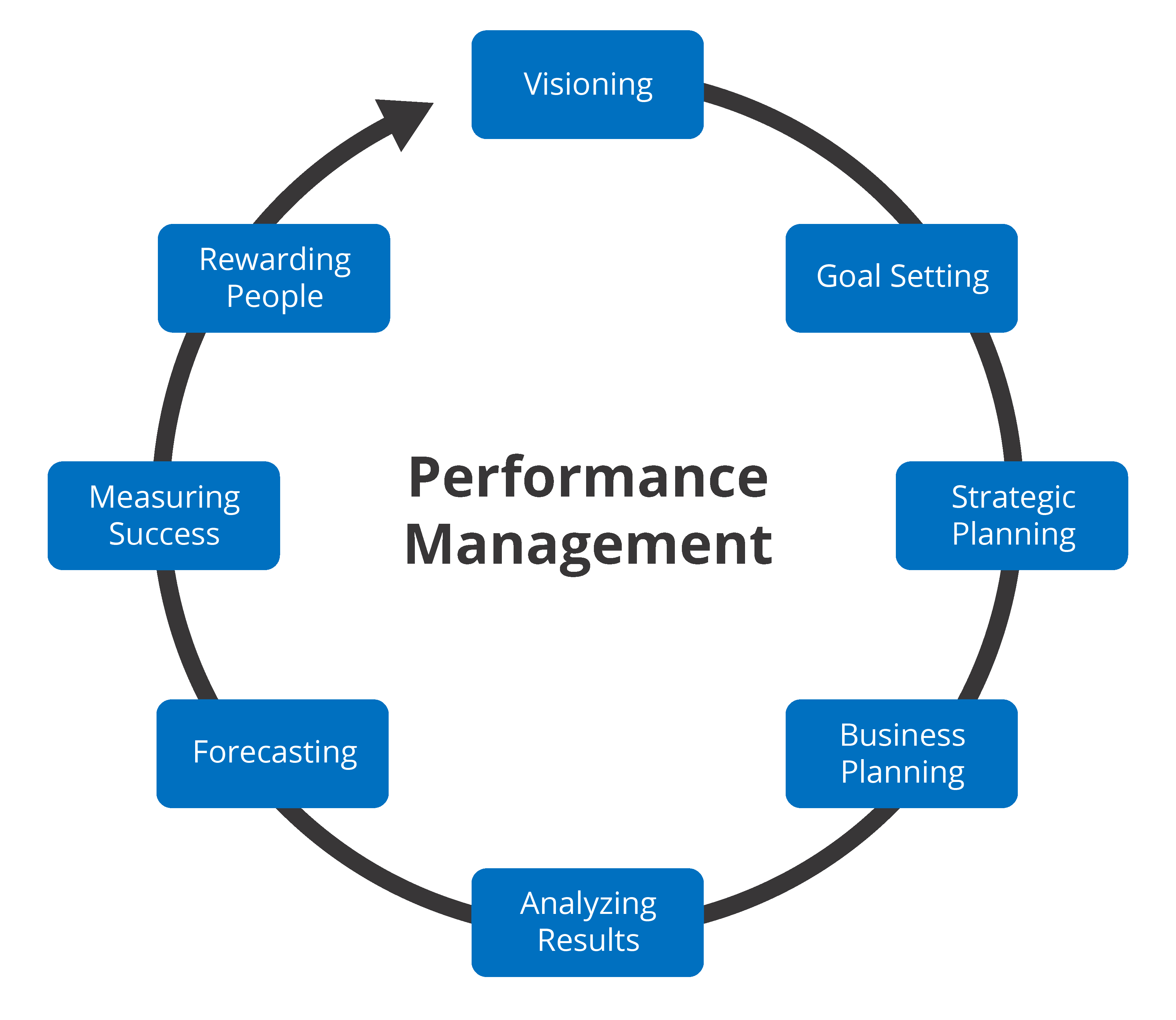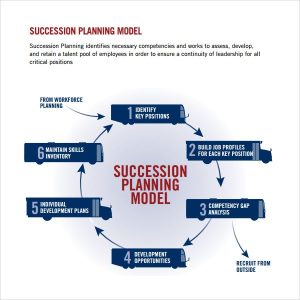
Performance management is a crucial aspect of any organization’s success. It involves a systematic approach to continuously measuring and improving employee performance to achieve organizational objectives. A performance management system provides a structured framework for setting goals, assessing progress, providing feedback, and rewarding or addressing employee performance.
The Importance of Performance Management Systems
Performance management systems play a vital role in creating a high-performance culture within an organization. They provide several benefits:
Goal Alignment: A performance management system ensures that individual goals are aligned with the organization’s strategic objectives. This alignment helps employees understand how their work contributes to overall success and keeps them motivated.
Increased Productivity: Effective performance management systems help identify productivity gaps and provide employees with guidance and resources to improve their performance. This leads to increased productivity and overall efficiency.
Clear Expectations: A well-defined performance management system sets clear expectations for employees regarding their roles, responsibilities, and performance standards. This clarity minimizes confusion and enables employees to perform at their best.
Identifying Training Needs: Performance management systems identify skill gaps and training needs in employees. By identifying these gaps, organizations can provide targeted training programs to enhance employee skills and competencies.
Improved Feedback: An effective performance management system provides timely and constructive feedback to employees. Regular feedback sessions help them understand their strengths, areas for improvement, and ways to enhance their performance.
Employee Development: Performance management systems facilitate employee development by identifying high-potential employees and providing them with growth opportunities and career paths.
Performance Measurement: Performance management systems provide objective methods to measure and evaluate employee performance. This ensures fairness and transparency in the performance evaluation process.
Key Components of Performance Management Systems
A well-designed performance management system includes several key components:
1. Goal Setting
Goal setting is a fundamental component of performance management systems. Clear, specific, and measurable goals are set for individual employees, teams, and the organization as a whole. These goals should align with the organization’s strategic objectives and provide a direction for employees to focus their efforts.
2. Performance Evaluation
Performance evaluation involves assessing an employee’s performance against the set goals and performance standards. These evaluations can be conducted periodically or at the end of a specific time period. Evaluations may be conducted by supervisors, peers, or a combination of both.
3. Feedback and Coaching
Feedback and coaching are integral parts of performance management systems. Constructive feedback helps employees understand their strengths and areas for improvement. Regular coaching sessions provide guidance, resources, and support to help employees enhance their performance and achieve their goals.
4. Recognition and Rewards
Recognizing and rewarding employees for their achievements and exceptional performance is an essential component of any performance management system. Rewards can be in the form of monetary incentives, promotions, certificates, or public recognition. These rewards motivate employees and reinforce desired behaviors.
5. Performance Improvement Planning
In cases where employees do not meet performance expectations, performance improvement planning becomes necessary. This involves identifying performance gaps, discussing them with employees, and jointly developing an action plan to address those gaps and improve performance.
6. Training and Development
Training and development are crucial to enhance employee skills and competencies. Performance management systems identify training needs and provide employees with access to relevant training programs. This improves their performance and contributes to their professional growth.
Implementing an Effective Performance Management System
Implementing an effective performance management system requires careful planning and execution. Here are some steps to consider:
1. Clearly Define Goals and Performance Standards
Start by clearly defining the organization’s goals and performance standards. Ensure that these goals are specific, measurable, attainable, relevant, and time-bound (SMART). Communicate these goals to employees, so they know what is expected of them.
2. Train Managers and Supervisors
Managers and supervisors play a critical role in implementing and managing the performance management system. Provide them with training on how to set goals, conduct evaluations, provide feedback, and coach employees effectively.
3. Encourage Two-Way Communication
Promote a culture of open and two-way communication between employees and supervisors. Encourage regular feedback sessions, where employees can share their concerns, ideas, and suggestions. This helps build trust, improves employee engagement, and enhances the effectiveness of the performance management system.
4. Provide Ongoing Training and Development
Invest in continuous training and development programs to enhance the skills and knowledge of employees. Provide opportunities for self-improvement and growth, fostering a culture of learning within the organization.
5. Regularly Review and Update the System
An effective performance management system should not remain static. Regularly review and update the system based on feedback from employees and managers. Pay attention to emerging best practices and industry trends to ensure the system remains relevant and effective.
Conclusion
Performance management systems are critical tools for organizations to drive employee performance, achieve organizational goals, and create a culture of continuous improvement. By aligning individual goals with organizational objectives, providing feedback and coaching, recognizing achievements, and identifying training needs, performance management systems contribute to increased productivity, employee development, and overall organizational success.

